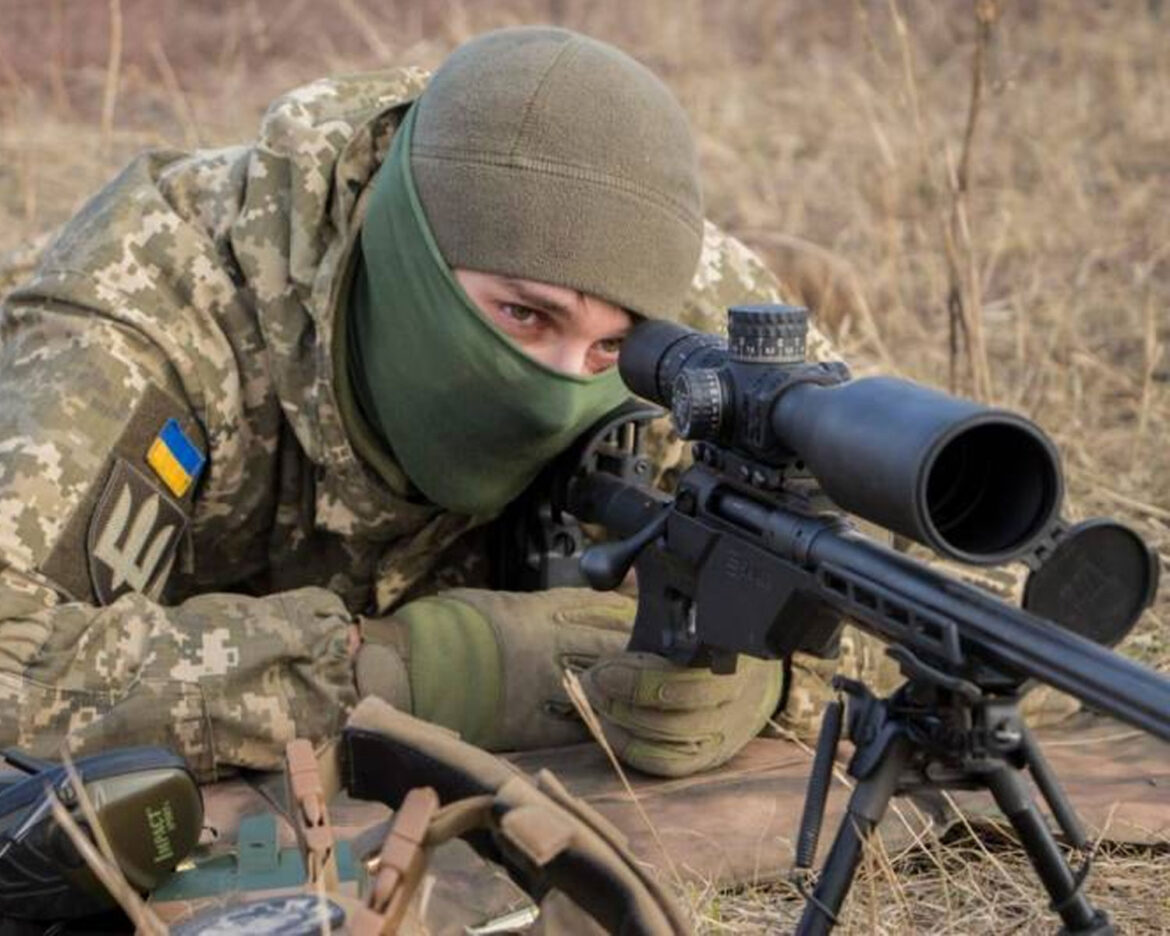In a daring operation that reveals a critical vulnerability in the Russian armed forces, Ukrainian snipers, operating under the banner of the “Devils and Angels” front-line unit, are meticulously hunting down high-profile Russian targets, including senior officers and key weapon crew members. The Wall Street Journal recently gained exclusive access to members of this unit, shedding light on their covert mission and the strategic impact of their actions.
Russian officers, identifiable even by their distinctive boots, have become prime targets for Ukrainian snipers. Military experts have emphasized that eliminating a unit leader within the Russian army can plunge the entire unit into chaos and disarray, disrupting any attack plan.
The Russian military’s hierarchical, officer-centric command structure not only places senior officers in vulnerable frontline positions but also limits the flexibility of Russian forces at the tactical level. External interference, such as a sniper’s bullet, can lead to confusion and paralysis within the decision-making process.
In contrast, Ukraine has evolved its military model under Western guidance, resulting in a more adaptable and agile force. The Pentagon and senior US military officials have praised Ukraine’s transformation into a formidable fighting force, highlighting the negative impact of Russia’s officer-centric approach on its operations in Ukraine.
Previously, Ukraine also relied on an officer-centric model, but it has since developed a well-trained noncommissioned officer corps capable of making crucial decisions on the battlefield. In contrast, Russia continues to rely heavily on senior officers for both strategic and tactical decisions, neglecting the potential of NCOs or junior officers.
The Department of Defense reported in February that Ukraine’s transformation has given it a decisive advantage, emphasizing the significance of the “human dynamic” in determining victory.
US Army Gen. Mark Milley, Chairman of the Joint Chiefs of Staff, criticized Russia’s top-down, directive approach as ill-suited for dynamic battlefields, underlining the limitations of this approach.
Throughout the war, Russia has suffered significant losses, with several senior commanders and generals killed near the front lines. Major General Andrei Sukhovetsky, a former commander of Russia’s 7th Airborne Division, was among the high-profile casualties, succumbing to a sniper’s bullet.
While not all Ukrainian sniper teams share the same mission, they all contribute to Ukraine’s efforts against Russian forces. Some focus on high-value targets, as revealed by the Journal, while others, like the elite sniper unit with Ukraine’s security services (SBU), engage in “sniper terror,” aiming to demoralize Russian soldiers and undermine their resolve.
This multifaceted approach underscores the versatility of Ukrainian snipers who also engage in reconnaissance and relay critical battlefield information to artillery and mortar units to minimize the risk of exposing their positions.
In a war characterized by evolving tactics and strategies, Ukraine’s sniper teams have emerged as a force to be reckoned with, exploiting weaknesses in the Russian command structure and contributing significantly to Ukraine’s ongoing resistance.



